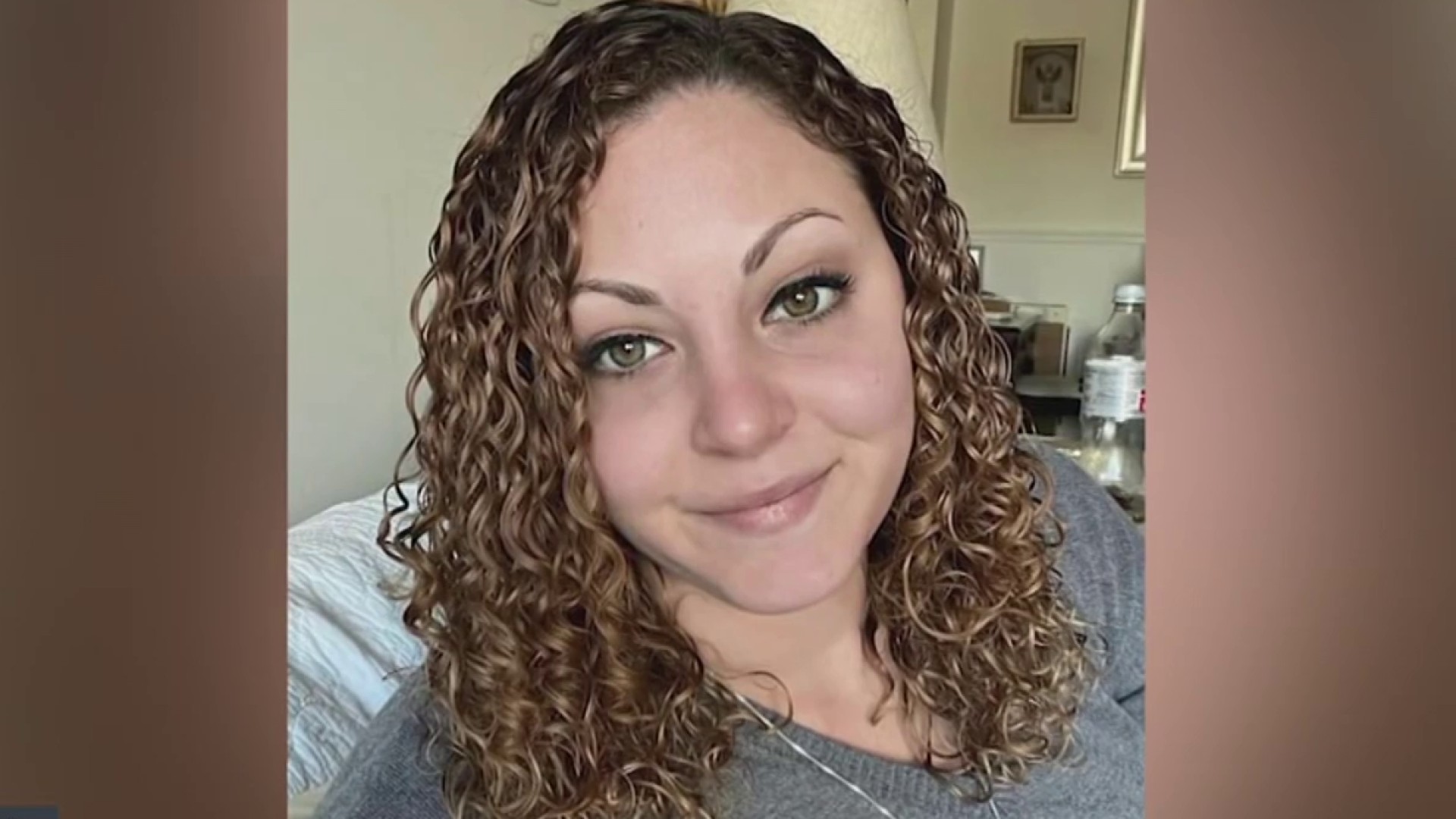Heat is the number one weather killer, making Wednesday's heat extremely dangerous, especially if you have to spend a lot of time outside.
It will feel like 100 degrees or higher when you step outside, thanks to the steamy humidity and a high of 96 degrees. But there are some ways you can protect yourself.
1. Minimize Exposure
While staying indoors is an obvious way to minimize your exposure to the heat, you can also minimize how much sun beams down on you by dressing for the weather. Wear loose-fitting, lightweight, lightly colored clothing.
If you must be outside, remember to also take frequent breaks and avoid the sun's peak hours between 11 a.m. and 3 p.m.
2. Hydrate Often
Dr. Bill Frohna with MedStar Washington Hospital recommends scheduling water breaks to keep yourself hydrated.
"Sometimes you just need to have a scheduled water break, even if you don't feel thirsty. In part, that's because one of the signs of heat injury may be nausea and you don't feel thirsty, so a scheduled water break is a smart idea," Frohna said.
3. Stay Indoors When Possible or Find a Local Cooling Center
Local
Washington, D.C., Maryland and Virginia local news, events and information
When air quality is poor and temperatures are high, stay indoors and enjoy the air conditioning.
If you don't have air conditioning, find your nearest cooling center.
4. Don't Leave Children or Pets in the Car
It takes only 10 minutes for a car's interior to reach 90 degrees on an 80-degree day -- even with the windows rolled down two inches. After 30 minutes, the interior temperate will reach 114. And after an hour, a car's inside will top 123 degrees, says SaferCar.gov.
SaferCar.gov and KidsAndCars.org offer the following tips to keep your kids safe:
- Leave anything you normally need (such as your purse, wallet or cell phone) in the back seat).
- Keep a large item, such as a stuffed toy, in your child's seat when he or she isn't there. Keep the item in the front seat when your child is in the back.
- Check your back seats every time you leave the car.
- Arrange to have your child's daycare, babysitter or school call you if your child doesn't arrive.
- If you're dropping off your child but your partner normally does it, have him or her call you to make sure the drop-off went according to plan.
- Teach your children never to enter or play in a parked vehicle.
- Heatstroke can occur in weather as low as 57 degrees, and children's body temperatures rise faster than adults'. Never leave your child unattended in a vehicle, even for a minute.
5. Know the Warning Signs of Heat Exhaustion and Heat Stroke
According to the Mayo Clinic, heat exhaustion is one of three heat-related injuries, "with heat cramps being the mildest and heatstroke being the most severe." Someone suffering from heat may have some of the following symptoms:
- Cool, moist skin with goose bumps when in the heat
- Heavy sweating
- Faintness
- Dizziness
- Fatigue
- Weak, rapid pulse
- Low blood pressure upon standing
- Muscle cramps
- Nausea
- Headache
Heatstroke follows heat exhaustion. Sufferers may experience the following symptoms:
- High body temperature
- A lack of sweating
- Nausea and vomiting
- Flushed skin
- Rapid breathing
- Racing heart rate
- Headache
- Confusion
- Unconsciousness
- Muscle cramps or weakness

Get the latest weather from NBCWashington.com:
- Severe Weather Alerts: click here
- Interactive Radar: click here
- Complete Weather Coverage: click here
Download our NEW free weather apps for iPad and iPhone. You can also follow us on Twitter and Facebook, and sign up for our e-mail newsletters.



